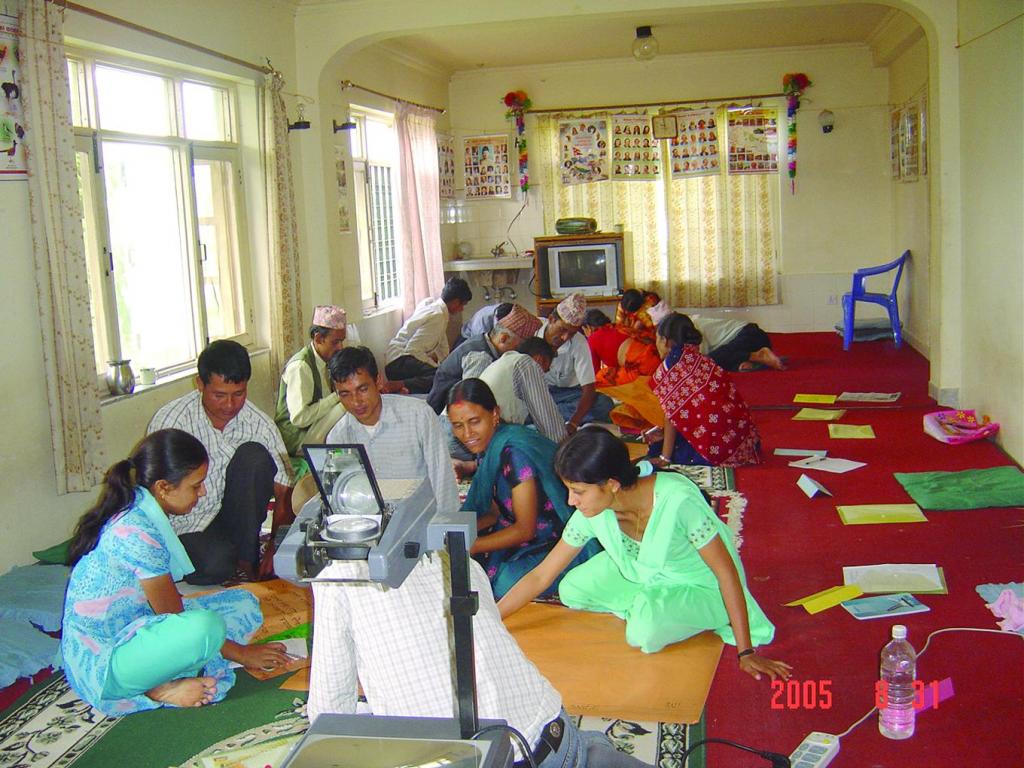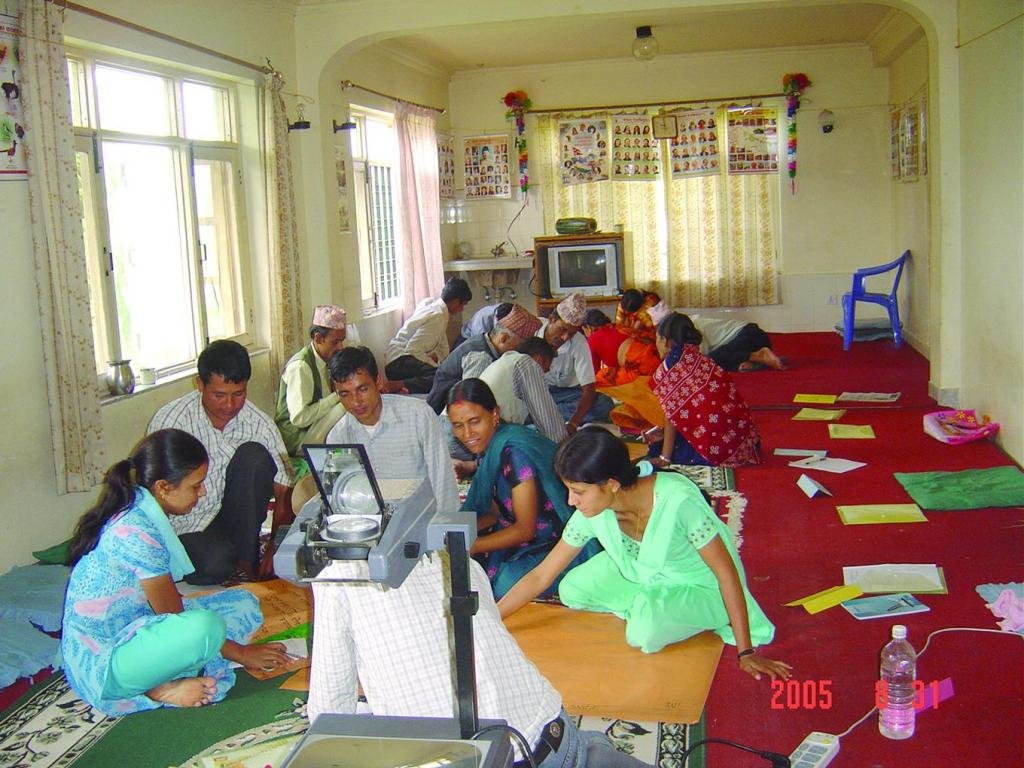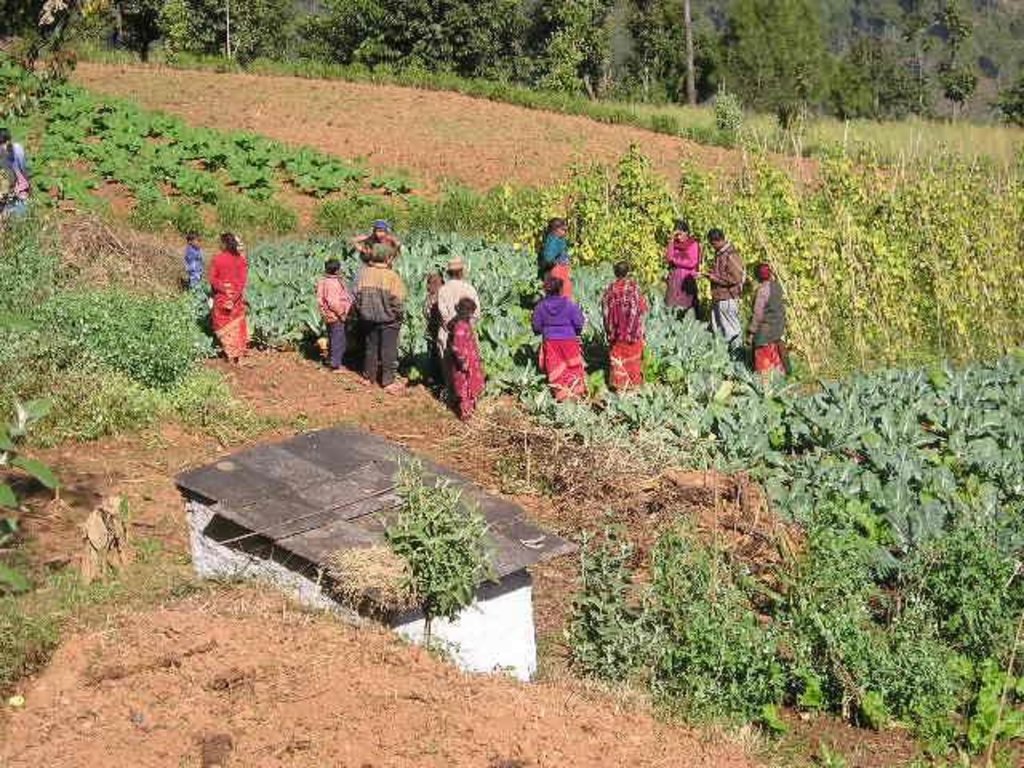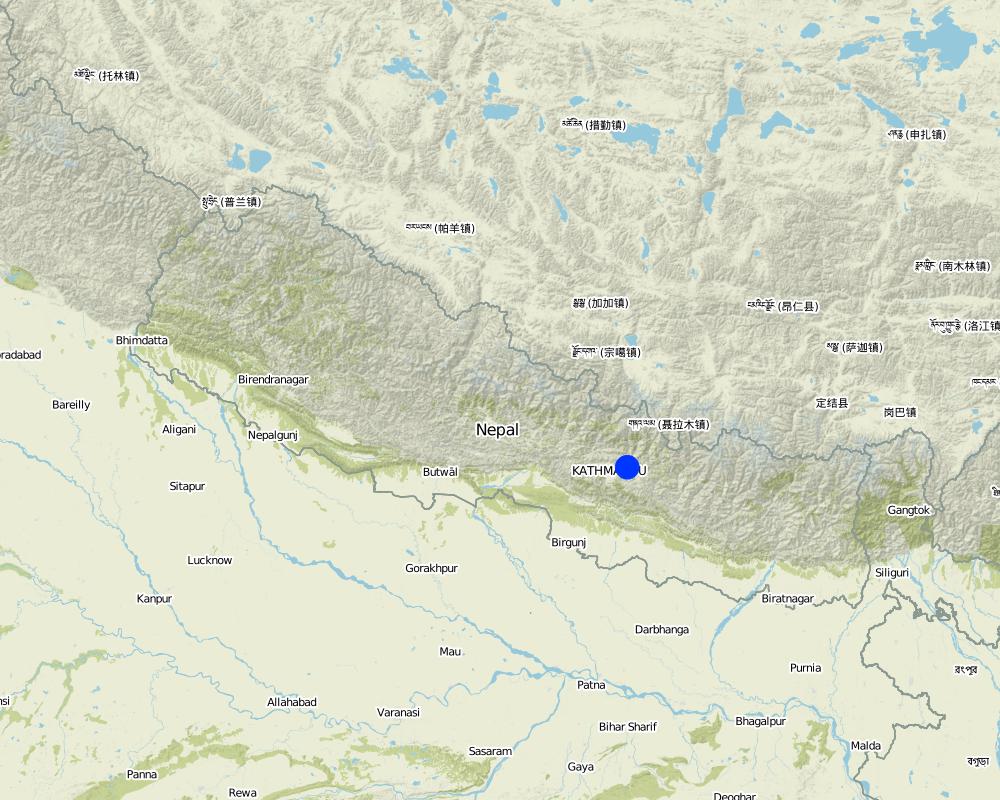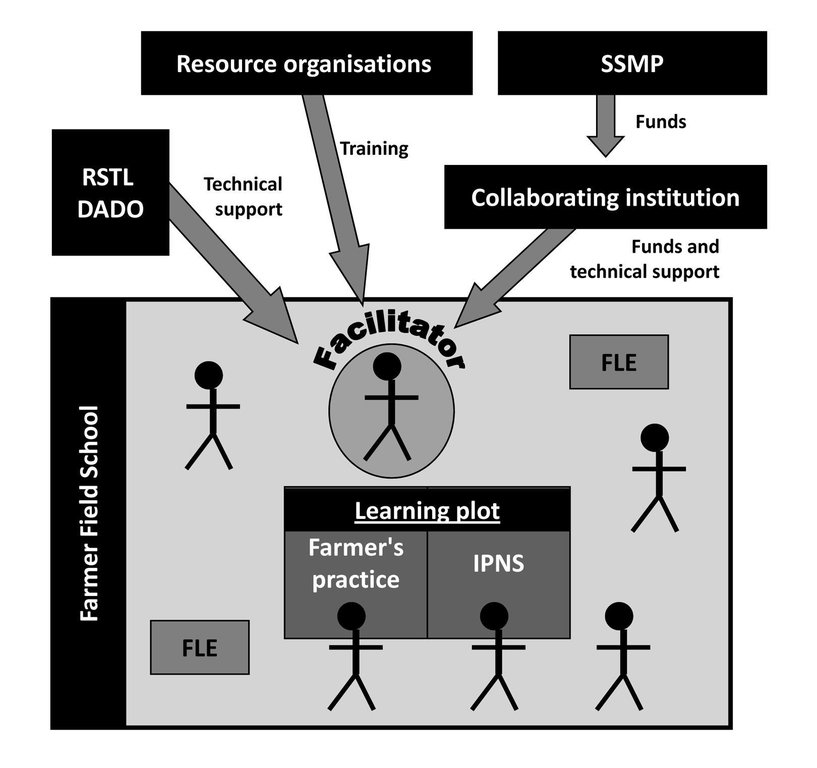Farmer field schools on integrated plant nutrient systems [ເນໂປ]
- ການສ້າງ:
- ປັບປູງ:
- ຜູ້ສັງລວມຂໍ້ມູນ: Richard Allen
- ບັນນາທິການ: –
- ຜູ້ທົບທວນຄືນ: Laura Ebneter
Krishak Pathsala (Nepali)
approaches_2351 - ເນໂປ
1. ຂໍ້ມູນທົ່ວໄປ
2. ພັນລະນາ ແນວທາງການຄຸ້ມຄອງນໍາໃຊ້ດິນແບບຍືນຍົງ
3. ການມີສ່ວນຮ່ວມ ແລະ ບົດບາດຂອງພາກສ່ວນທີ່ກ່ຽວຂ້ອງທີ່ໄດ້ມີສ່ວນຮ່ວມ
4. ການສະໜັບສະໜູນທາງດ້ານວິຊາການ, ການສ້າງຄວາມສາມາດ, ແລະ ການຈັດການຄວາມຮູ້.
5. ການສະໜັບສະໜູນທາງດ້ານການເງິນ ແລະ ອຸປະກອນຈາກພາຍນອກ
6. ວິເຄາະຜົນກະທົບ ແລະ ສັງລວມບັນຫາ
7. ເອກກະສານອ້າງອີງ ແລະ ຂໍ້ມູນການເຊື່ອມໂຍງ
ຂໍ້ມູນການເຊື່ອມຕໍ່ ແລະ ເນື້ອໃນ
ຍຸບທັງໝົດການເຊື່ອມຕໍ່
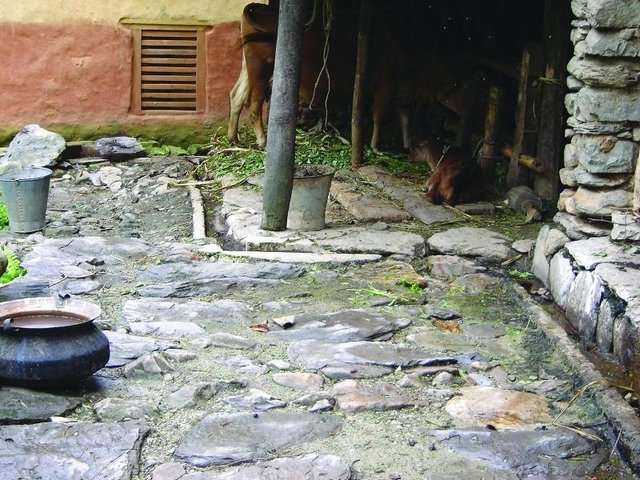
Improved cattleshed for urine collection [ເນໂປ]
Collection of cattle urine in improved cattle sheds for use as liquid manure and organic pesticide
- ຜູ້ສັງລວມຂໍ້ມູນ: Richard Allen
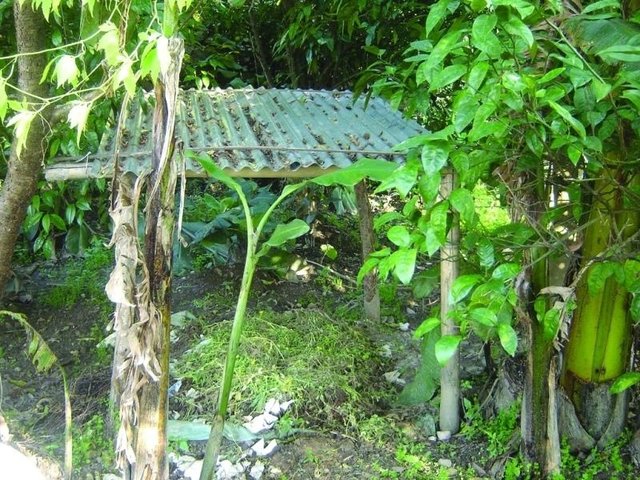
Improved compost preparation [ເນໂປ]
Improved compost preparation using a range of biomass and waste to produce high value fertiliser
- ຜູ້ສັງລວມຂໍ້ມູນ: Richard Allen
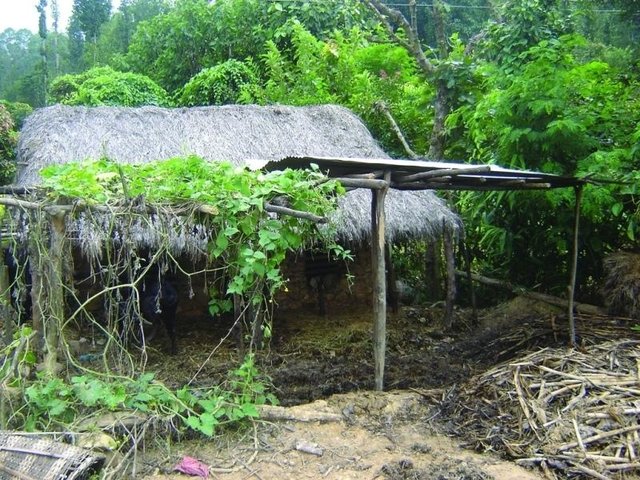
Improved farmyard manure through sunlight, rain and runoff … [ເນໂປ]
Improving farmyard manure by protecting it from direct sunlight, rainfall, and runoff to reduce volatilisation and leaching
- ຜູ້ສັງລວມຂໍ້ມູນ: Richard Allen
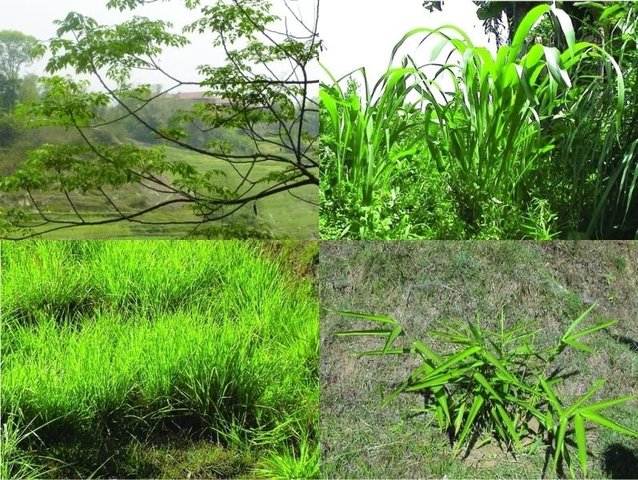
Cultivation of fodder and grasses [ເນໂປ]
Cultivation of fodder crops on marginal lands and terrace risers
- ຜູ້ສັງລວມຂໍ້ມູນ: Richard Allen
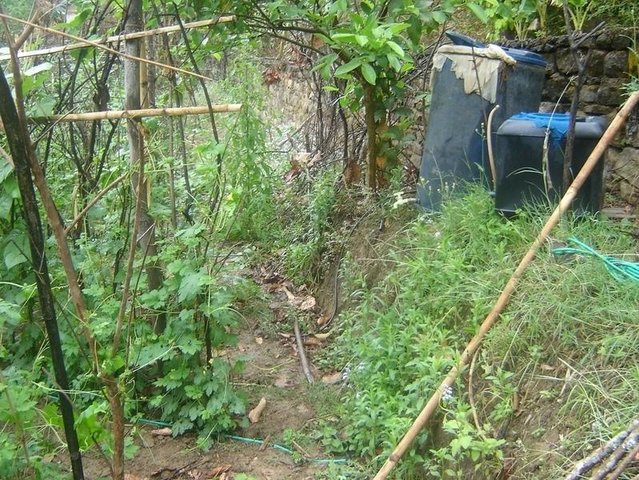
Urine application through drip irrigation for bitter gourd … [ເນໂປ]
Application of cattle urine through drip irrigation technology to provide constant flow of fertiliser to bitter gourd
- ຜູ້ສັງລວມຂໍ້ມູນ: Richard Allen
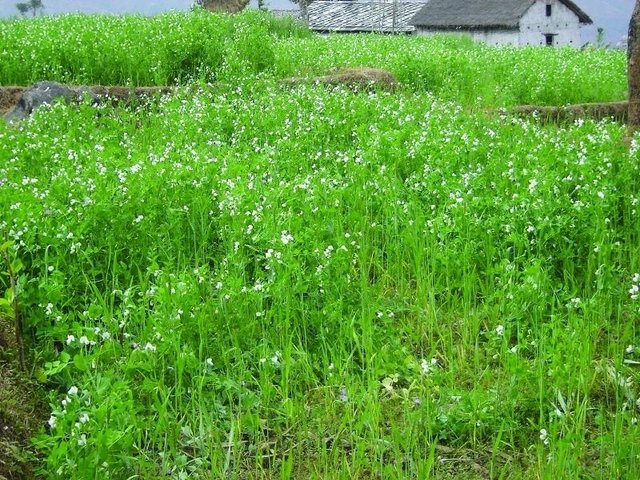
Legume integration [ເນໂປ]
Integration of leguminous crops as intercrops on terrace risers or as relay crops
- ຜູ້ສັງລວມຂໍ້ມູນ: Richard Allen
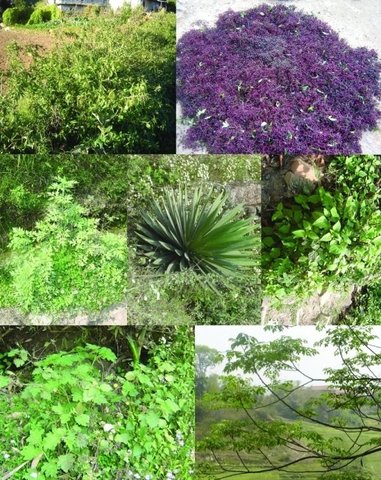
Organic pest management [ເນໂປ]
Promotion of botanical pesticides for organic pest management and liquid manure
- ຜູ້ສັງລວມຂໍ້ມູນ: Richard Allen
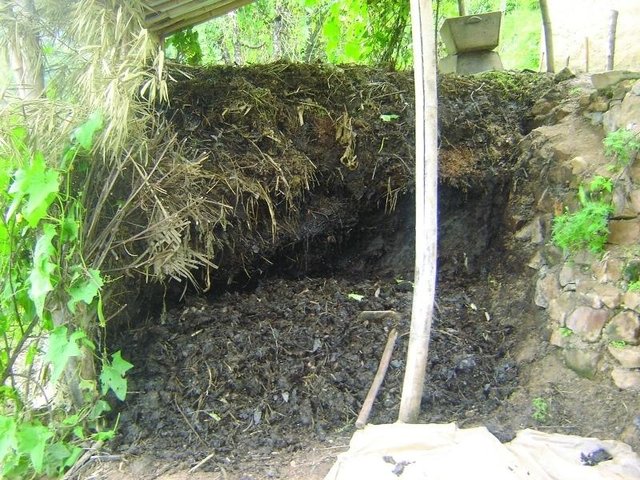
Better quality farmyard manure through improved decomposition [ເນໂປ]
Collection and proper storage of farmyard manure in heaps or pits
- ຜູ້ສັງລວມຂໍ້ມູນ: Richard Allen
ເນື້ອໃນ
ບໍ່ມີເນື້ອໃນ


